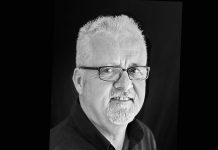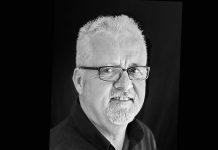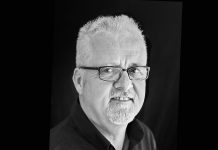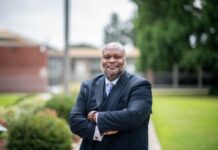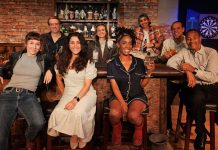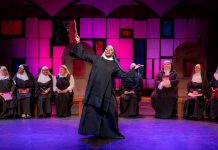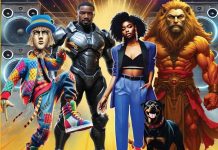I spent Easter weekend in Little Tokyo.
I was actually in downtown Los Angeles primarily for WonderCon, a comic book convention by the same people who do San Diego Comic-Con every summer.
I spent Easter weekend in Little Tokyo.
I was actually in downtown Los Angeles primarily for WonderCon, a comic book convention by the same people who do San Diego Comic-Con every summer.
I’ve been to many anime conventions, but surprisingly few comic book conventions. The overall aura is quite similar — they both involve a lot of nerd culture fans gathered together in unity. There’s a lot of cosplay costumes, a lot of silliness (often involving cosplayers), a lot of fun and the vague general sense that a million comic book fans can’t all be weird.
In any case, the folks behind WonderCon did an excellent job. The place was well-organized, which is important for an event which attracts a huge crowd, and there was plenty of stuff to do.
Staying overnight in Little Tokyo just added to my enjoyment of the weekend. In recent years, I’ve seen that a lot of convention visitors stay in Little Tokyo, eat in the area and/ or shop in the area — and Little Tokyo has taken notice of this. Catering to anime and comic book fans is not a bad way to do business, and several shops in the area now include anime or manga among their offerings (even one of the supermarkets does it now). It’s a concept which echoes Tokyo’s Akihabara entertainment district.
Of course, Little Tokyo still has its history. Daikokuya Ramen still has a seemingly permanent crowd outside. Mikawaya still sells multiple flavors of mochi ice cream. Little Tokyo’s temples still celebrate traditional Obon festivals.
And then, there’s the Japanese American National Museum. In this era of presidential candidates treating Muslims like scapegoats, the museum’s cultural and political history preservation mission feels more important than ever.
When I went, there were two photograph exhibits on display. The one focused on Ansel Adams’ internment camp photos, along with Leonard Frank, who did the same thing in Canada. The other one displayed Japanese American photography from 1920 to 1940.
Those who are only familiar with Adams’ iconic Yosemite pictures may be surprised that he volunteered to document the conditions at Manzanar. Adams’ photos show ordinary Americans attempting to live ordinary lives under extraordinary conditions. He helped to expose the truth — that these were not dangerous, enemy aliens.
The other photo exhibit was less political, but still worth seeing. Toyo Miyatake and the others featured in the exhibit stretched the boundaries of photography, and came up with some excellent art. It is an art cliche that artists are never understood in their own time, but that is nonetheless what happened. The exhibit shows how the Japanese Americans were influenced by Japanese art, and that helped to make their photos more unique — but also more easily misunderstood or dismissed.
The Japanese American National Museum may seem like an odd and sobering counterpart to a frantic, fun convention, but the two worked well together. I ended my weekend feeling both entertained and informed.
The Ansel Adams exhibit ends on April 24 and the other photography exhibit ends on June 26. Both fit in well with the museum’s permanent history display.
James Fujita is a former GVN news editor. He for the Visalia Times-Delta in California’s Central Valley. Fujita can be contacted at jim61773@yahoo.com




